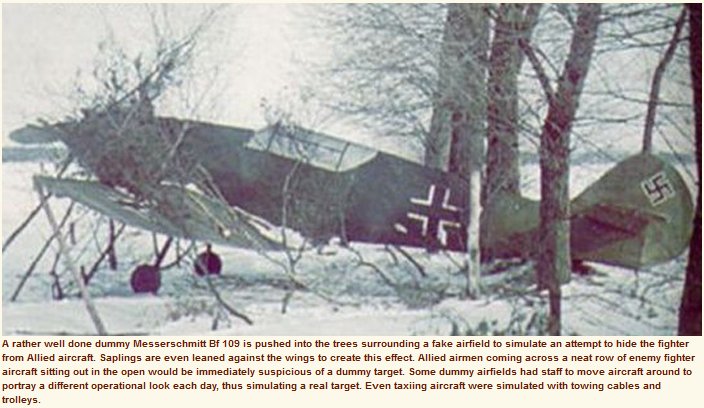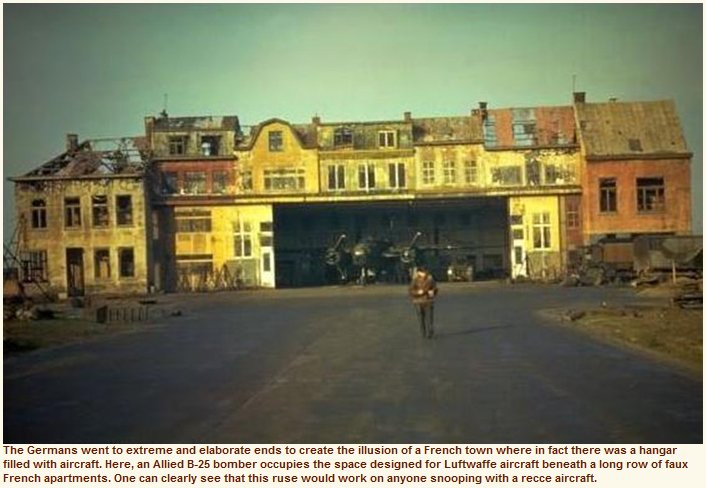Shikha Dalmia on the odd phenomenon that FEMA is just flat-out terrible at doing the job it’s supposed to do — co-ordinating emergency relief efforts — but is still beloved by big-government fans:
Hurricane Sandy hadn’t even touched down when liberals started blowing kisses to FEMA, or Federal Emergency Management Agency, the federal disaster relief agency. A New York Times editorial declared that the impending storm proved that the country needs FEMA-style “Big Government” solutions more than ever. Salon, New Republic and other liberal outfits heartily agreed.
Why do liberals love FEMA so much? Certainly not for its glorious track record. Rather, FEMA has been a great vehicle for expanding the welfare state.
FEMA’s tragic missteps after Katrina earned it well-deserved disgrace. The Times blames those on the Bush administration, whose anti-government philosophy supposedly gutted FEMA. President Obama, the argument goes, straightened things out, and Americans should now “feel lucky” that the agency is there for them. Without it, local and state authorities wouldn’t be able to coordinate where “rescuers should go, where drinking water should be shipped, and how to assist hospitals that have to evacuate.”
So how did the new and improved FEMA perform post-Sandy, a storm for which it had lots of advance warning? Not so well.
It didn’t set up its first relief center until four days after Sandy hit — only to run out of drinking water on the same day. It couldn’t put sufficient boots on the ground to protect Queens residents from roving looters. The Red Cross — on whom FEMA depends for delivering basic goods — left Staten Island stranded for nearly a week, prompting borough President Jim Molinaro to fume that America was not a Third World country. But FEMA’s most egregious gaffe was that it arranged for 24 million gallons of free gas for Sandy’s victims, but most of them couldn’t lay their hands on it.






